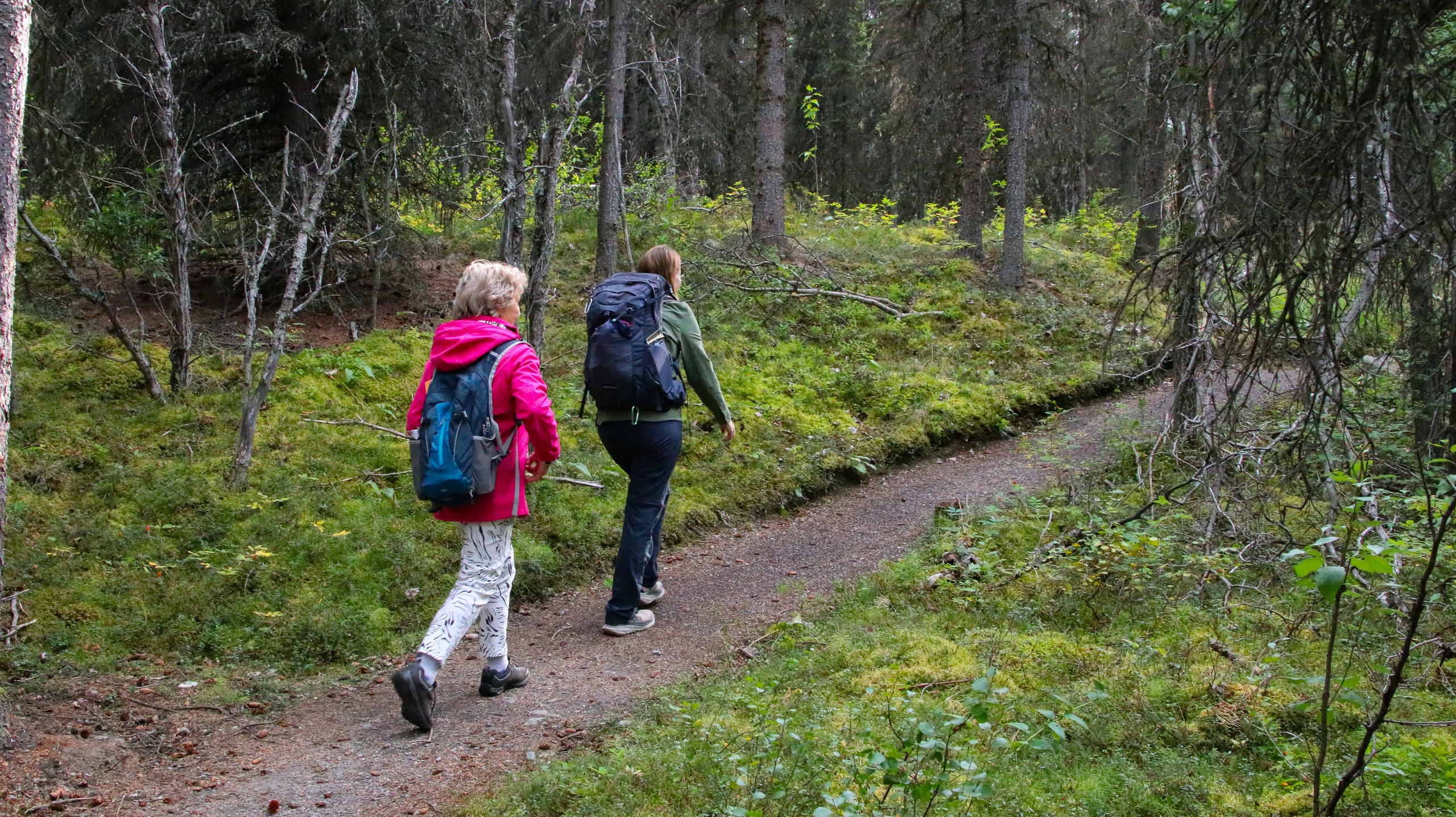Zion National Park: Sandstone Cathedrals and River-Forged Trails
A grounded guide to Zion’s signature hikes, river routes, and the right way to read the canyon.
By first light, the canyon is already awake. The Virgin River murmurs in the shadows and then shouts where boulders pinch its course, daring you to step in. Above, 2,000 feet of Navajo Sandstone lift into pale peach and rust-red cliffs. The walls don’t just rise—they lean forward, listening. In Zion National Park, the landscape takes the lead. Your job is to follow, step sure on switchbacks and slickrock, and let the river tug you upstream.
Trail Wisdom
Start with the shuttle rhythm
During most of the year, Zion Canyon is shuttle-only. Be at the Visitor Center early to catch the first buses and beat heat and crowds on marquee trails.
Read the river before wading
Check the USGS Virgin River gauge and NPS alerts; The Narrows typically closes at 150 cfs. Neoprene socks and a sturdy pole help when footing gets slick.
Permit the exposure
Angel’s Landing’s chain section requires a timed-entry permit. Apply ahead, and consider Observation Point via East Mesa as a superb, less exposed alternative.
Hydrate like it’s the desert—because it is
Carry 2–3 liters per person and refill at shuttle stops with water stations. Salt snacks help on hot days when sandstone radiates heat.
Local Knowledge
Hidden Gems
- •Kolob Canyons Viewpoint at sunset for layered canyon light and fewer crowds
- •Taylor Creek to Double Arch Alcove for a manageable half-day in a quieter district
Wildlife
Desert bighorn sheep, California condor
Conservation Note
Use the park shuttle, stay on marked trails, and avoid stepping on cryptobiotic soil crusts. Pack out all trash and refill at water stations to cut single-use plastic.
Designated as Mukuntuweap National Monument in 1909 and renamed Zion National Park in 1919, the area has been home to Southern Paiute communities for centuries.
Seasonal Guide
spring
Best for: Wildflowers in side canyons, Cooler temps for longer hikes
Challenges: High river flows, Lingering ice on shaded trails
Snowmelt swells the Virgin River, making the Narrows variable; mornings are crisp and crowds moderate before summer break.
summer
Best for: Early starts on high routes, Evening strolls along Pa’rus
Challenges: Extreme heat, Monsoon-driven flash floods
Expect triple-digit highs in the canyon and strong sun. Watch monsoon forecasts and plan hikes at dawn or near water.
fall
Best for: Stable weather, Golden cottonwoods
Challenges: Shorter daylight hours, Popular weekends
Often the sweet spot—crisp mornings, reliable conditions, and standout color along the river mid-October to early November.
winter
Best for: Quiet trails, Clear views and low-angle light
Challenges: Ice on steps and ledges, Limited shuttle service on some dates
Bundle up and bring traction; calm days can be spectacular, but closures may affect higher routes after storms.
Photographer's Notes
What to Bring
Trekking polesEssential
Key for balance on river cobbles in the Narrows and for knees on long descents.
Grippy, closed-toe hiking shoesEssential
Sticky rubber helps on slickrock and protects toes when wading.
Sun protection (hat, UPF shirt, sunscreen)Essential
Zion’s exposed trails and reflective sandstone amplify UV and heat.
Insulating layer (light puffy or fleece)
Shoulder-season mornings can be cold in the canyon and on breezy ridges.
Common Questions
Do I need a permit for Angel’s Landing?
Yes. The chain section requires a timed-entry permit obtained via lottery through Recreation.gov. The rest of West Rim Trail remains open without a permit.
Is The Narrows open year-round?
It depends on river flow and water quality. The park closes it at 150 cfs or during toxic cyanobacteria advisories. Check current conditions before you go.
How do the shuttles work in Zion Canyon?
Shuttles run most of the year between the Visitor Center and Temple of Sinawava with multiple stops. Private vehicles are restricted on the canyon road during shuttle season.
Can families with kids find easy hikes?
Yes. Try the Pa’rus Trail (paved, riverside), Lower Emerald Pool, or Canyon Overlook with close supervision. Avoid exposed or chain-assisted sections with small children.
Are there restrooms and water on the trails?
Restrooms and bottle refill stations are at the Visitor Center, Zion Lodge, and several shuttle stops, but not in the backcountry or within the Narrows corridor.
Can I drive my own car into Zion Canyon?
Not during shuttle season. You can drive the Zion–Mount Carmel Highway and Kolob Terrace/Kolob Canyons roads year-round unless weather or rockfall closes them.
What to Pack
Trekking pole for stability in The Narrows; 3L hydration reservoir to handle desert heat; closed-toe shoes with good traction for slickrock and river cobbles; light insulating layer for cool mornings and shaded canyons.
Did You Know
Since April 1, 2022, Zion requires a permit to hike the chain section of Angel’s Landing to reduce congestion and improve safety.
Quick Travel Tips
Arrive before 7 a.m. for easier parking at the Visitor Center; Check NPS alerts for river flow and trail closures the night before; Use Springdale’s town shuttle to avoid parking headaches; Plan a rest day—Kolob Canyons or Zion–Mount Carmel scenic drive—to recover between big hikes.
Local Flavor
Post-hike, grab a burger and a cold pint at Zion Canyon Brew Pub near the South Entrance, or sit down for Southwest-inspired plates at Oscar’s Café. For coffee and a quick breakfast burrito before first shuttle, swing by Deep Creek Coffee Co. Springdale’s patios double as front-row seats for alpenglow on the cliffs.
Logistics Snapshot
Closest airports: St. George Regional (SGU, ~47 miles) and Las Vegas (LAS, ~165 miles). Main trailhead hub: Zion Canyon Visitor Center at the South Entrance in Springdale. Driving: The park is directly adjacent to Springdale; no car access in the main canyon during shuttle season. Cell service: Spotty to fair near the Visitor Center and Zion Lodge; limited or none in canyons. Permits: Angel’s Landing (chains section) and all overnight backcountry trips; Narrows top-down requires a permit.
Sustainability Note
Zion’s shuttle system significantly reduces vehicle emissions in the canyon. Stick to established trails, refill bottles at park stations, and never enter flooded wash areas—flash floods reshape habitat and demand space.
Continue Reading

Canyon Wave: Rafting Denali’s Glacial Heart on the Nenana River
The Nenana River doesn’t whisper—it urges you forward. On the Canyon Wave run, you’ll punch through crisp, glacial rapids beneath Denali’s ramparts, trading roadside views for a front-row seat to Alaska’s wild hydraulics. Cold water, big smiles, and a canyon that knows how to keep pace.
Healy, Alaska

Chasing Light in Denali: An Afternoon Hike Across Taiga and Tundra
Trade the tour bus for tundra. This guided afternoon hike threads from shadowed spruce to open ridgeline, where Denali’s valleys breathe wide and the wind calls the cadence. Come for the views, stay for the stories beneath your boots.
Denali Park, Alaska

